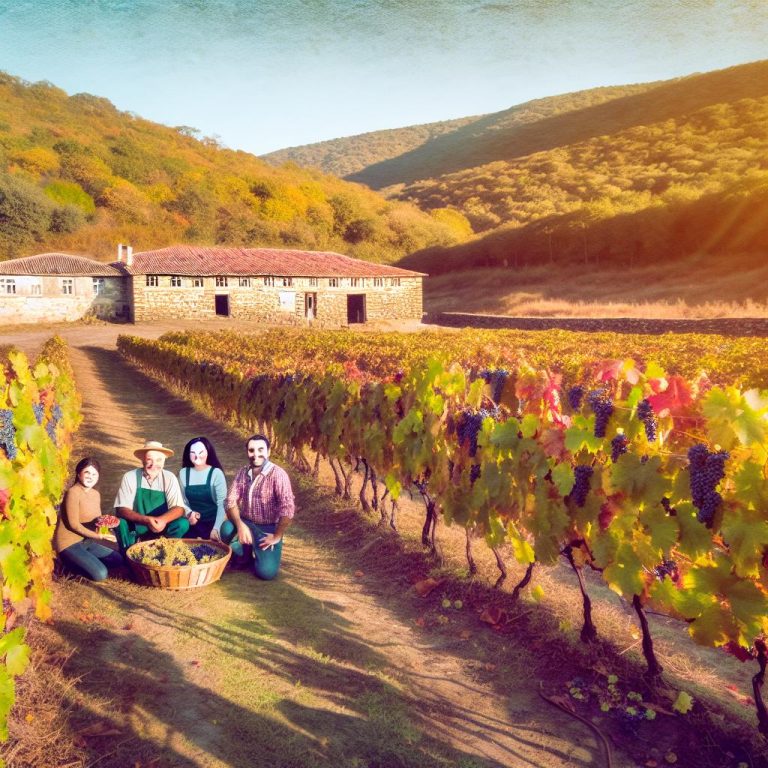Introduction to Wine Tourism in Corn Island, Nicaragua
Corn Island, nestled off the Caribbean coast of Nicaragua, is a location traditionally celebrated for its breathtaking beaches and dynamic marine life. Yet, there’s an emerging industry that is rapidly gaining attention: wine tourism. Although Nicaragua has not been historically known for its wine production, emerging initiatives are creatively combining local agriculture with tourism, thereby enhancing economic opportunities for the region.
The Economic Impact of Wine Tourism
Wine tourism offers a multifaceted set of economic benefits to Corn Island and its neighboring areas. As visitors stream into the region to experience local wine offerings, several sectors experience notable growth, contributing significantly to the local economy.
Boost to Local Businesses
The arrival of tourists who are keen on enjoying wine experiences provides a substantial boost to various local enterprises. Establishments such as hotels, restaurants, and shops witness increased business as these visitors seek lodging, dining, and memorabilia. This uptick in economic activities leads to the creation of additional employment opportunities, playing a role in reducing the area’s unemployment rates.
Growth in Local Agriculture
While Corn Island is not widely recognized for wine production, the initiation of experimental vineyards and associated activities supports local agriculture. The diversification of crops, through the introduction of grape cultivation, presents farmers with new agricultural ventures, potentially offering greater profits and long-term sustainability. Such diversification enhances revenue potential for farmers and strengthens the local food supply chain.
Investment Opportunities
The rise of wine tourism on Corn Island opens up a plethora of investment opportunities. Entrepreneurs and foreign investors might find engaging prospects in establishing wineries, boutique hotels, or specialized tour agencies. This infusion of capital is critical, as it can significantly improve the island’s infrastructure and enhance the range of services available to tourists.
Cultural and Community Benefits
Apart from economic advantages, wine tourism is poised to offer cultural and community-related gains. The infusion of wine-centric activities facilitates deeper cultural exchanges between the visiting tourists and the local inhabitants.
Promotion of Local Culture
Wine tourism often integrates local culture and traditions, allowing tourists to experience a more authentic slice of the region. This cultural promotion is vital as it aids in the preservation of indigenous customs while fostering a sense of pride among community members. When tourists participate in local festivals or events, they contribute to strengthening the social fabric of the region.
Educational Opportunities
The advent of wine tourism can lead to the establishment of educational initiatives, such as workshops and guided tours, which provide learning avenues for both locals and tourists. Gaining insights into wine production, along with its cultural importance, can considerably enrich the educational resources available on the island.
Challenges and Considerations
While wine tourism offers an array of benefits, it is crucial to consider the environmental sustainability of these ventures and ensure the active participation of local communities. Maintaining sustainable practices is imperative for preserving the region’s natural beauty and resources. Including local populations in planning and making key decisions ensures that developments are inclusive of, and beneficial to, the wider community.
For more information about tourism opportunities on Corn Island, you can visit Visit Nicaragua.
Overall, wine tourism presents a novel pathway for economic growth on Corn Island, marrying financial benefits with cultural enrichment. As this niche market continues to develop, it might well serve as a model for other regions seeking to diversify their tourism portfolios.
